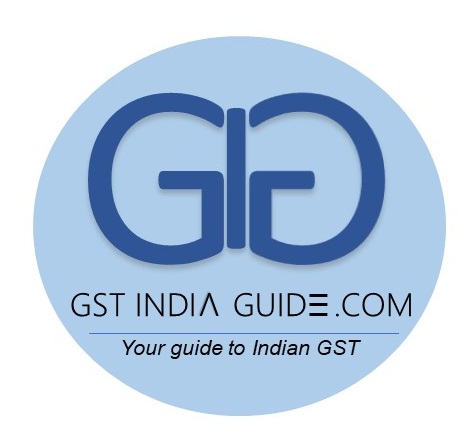Make Advance Rulings binding on Centre, states
The GST Council has come up with multiple rates for the goods and services tax — zero per cent, five per cent, 12 per cent, 18 per cent and 28 per cent — and also cess. The burden of commodity taxation, such as GST, will have to be ultimately borne by the consumers.
Those who profess simplicity in tax administration will vote for single or dual rates, avoiding disputes. This may be workable in developed countries where population of the poor is small, but not in India. Simplicity in tax administration should not burden the poor and the rich alike. Therefore, there is a need for multiple rates. Different rates of taxation in GST will raise classification disputes, which is unavoidable.
We need to look at the following measures to minimise litigation:
Adopt HSN (Harmonised System of Nomenclature) classifications for commodities, including Interpretative Rules and Explanatory Notes, as binding.
Classification opinions of the CCCN (Customs Cooperation Council Nomenclature) must be made binding.
Establish multiple Advance Ruling (AR) Centres at the central and state levels and make the ARs binding on the department so that there is certainty about the rates. If the ARs themselves have to be revised later on, due to changes in circumstances or law, such changed Rulings should apply only prospectively.
Tax departments at the central and state levels should be discouraged from filing Appeals against classification decisions of the Tribunal.
The writer is managing partner, Lakshmikumaran & Sridharan One of the benefits of introduction of GST was the claim of reduction in litigation. But, the model law falls short of achieving this. Two top litigation aggravators under the model law would be potential valuation disputes and credit restriction on immovable property.
For imported goods, valuation disputes are foreseen given that both GST and the Customs authorities will value them, and there are differences between the respective valuation norms. Further, since inter-state intra-company supplies (goods and services) will be taxable, it will be a major litigation generator as assessees will struggle to decide the taxable base for such supplies, which will be acceptable to the revenue. One hopes that the new draft law provides greater clarity to assessees in this regard.
Coming to credit restriction, the most surprising is the restriction on “goods and/or services acquired by the principal in ….results in .…immovable property, other than plant and machinery”. There is no fathomable reason behind credit restriction on immovable property.
This restriction is also open to criticism for its ambiguity and its consequent ability to generate huge amounts of litigation. To illustrate: (i) What is the ambit of “….immovable property, other than plant and machinery”? Will a thermal power project qualify as ‘plant….’ and not suffer this restriction? A liquefied natural gas storage tank? A gas pipeline? (ii) Who is the ‘principal’? Is it only the ultimate customer or does it cover every contractor down the supply chain vis-a-vis their subcontractor(s)? Credit restriction on immovable property has no place in a value-added-tax regime. One hopes this restriction is removed in the final GST law; at least the restrictions will be clearly enunciated.
The writer is partner & national head, Advaita Legal. Sudipta Bhattacharjee, partner, tax controversy management and contract documentation, also contributed to the article.
The Business Standard,07 November 2016
